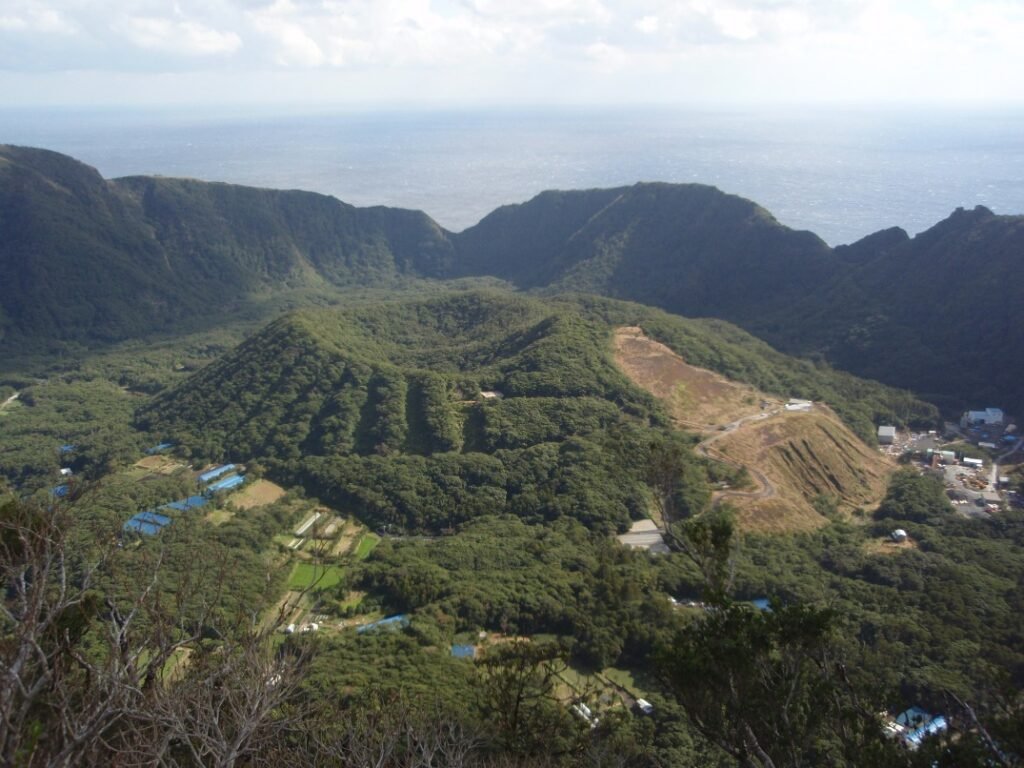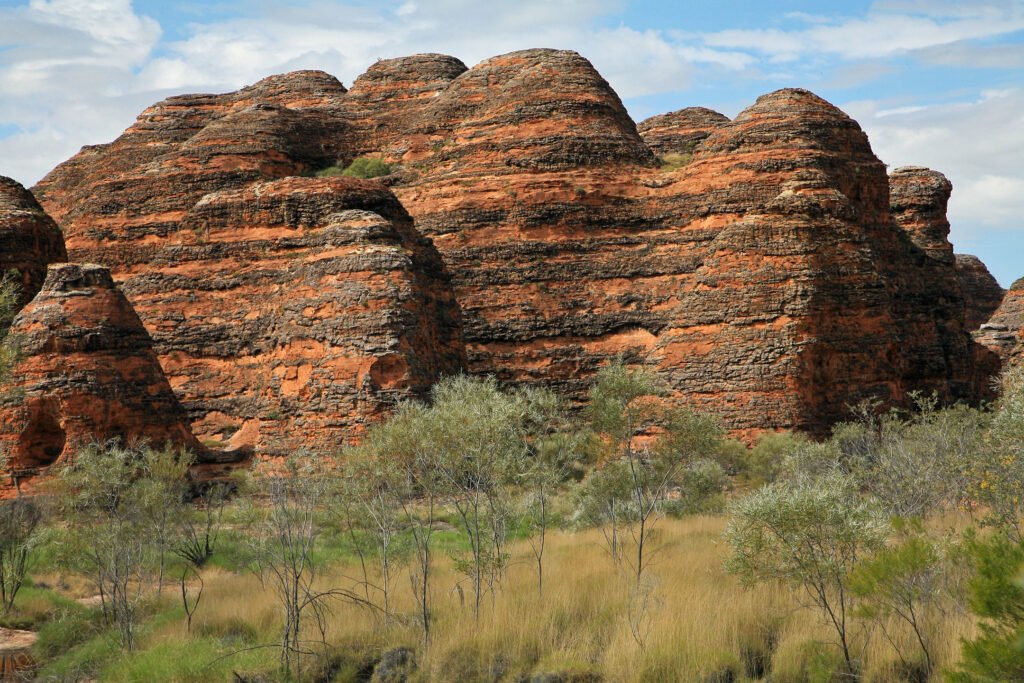Living on a volcano sounds like the kind of dangerous decision that only happens in movies. Yet millions of people worldwide wake up each morning with an active volcano as their neighbor, from the slopes of Mount Vesuvius in Italy to the volcanic fields beneath New Zealand’s Auckland. You might wonder what drives communities to stake their lives on such precarious ground.
The truth is more fascinating than you might expect. These communities don’t just survive despite their volcanic neighbors, they often thrive because of them. Let’s dive into the remarkable world of volcanic towns and discover why they continue to stand strong against nature’s most unpredictable forces.
The Surprising Appeal of Volcanic Real Estate
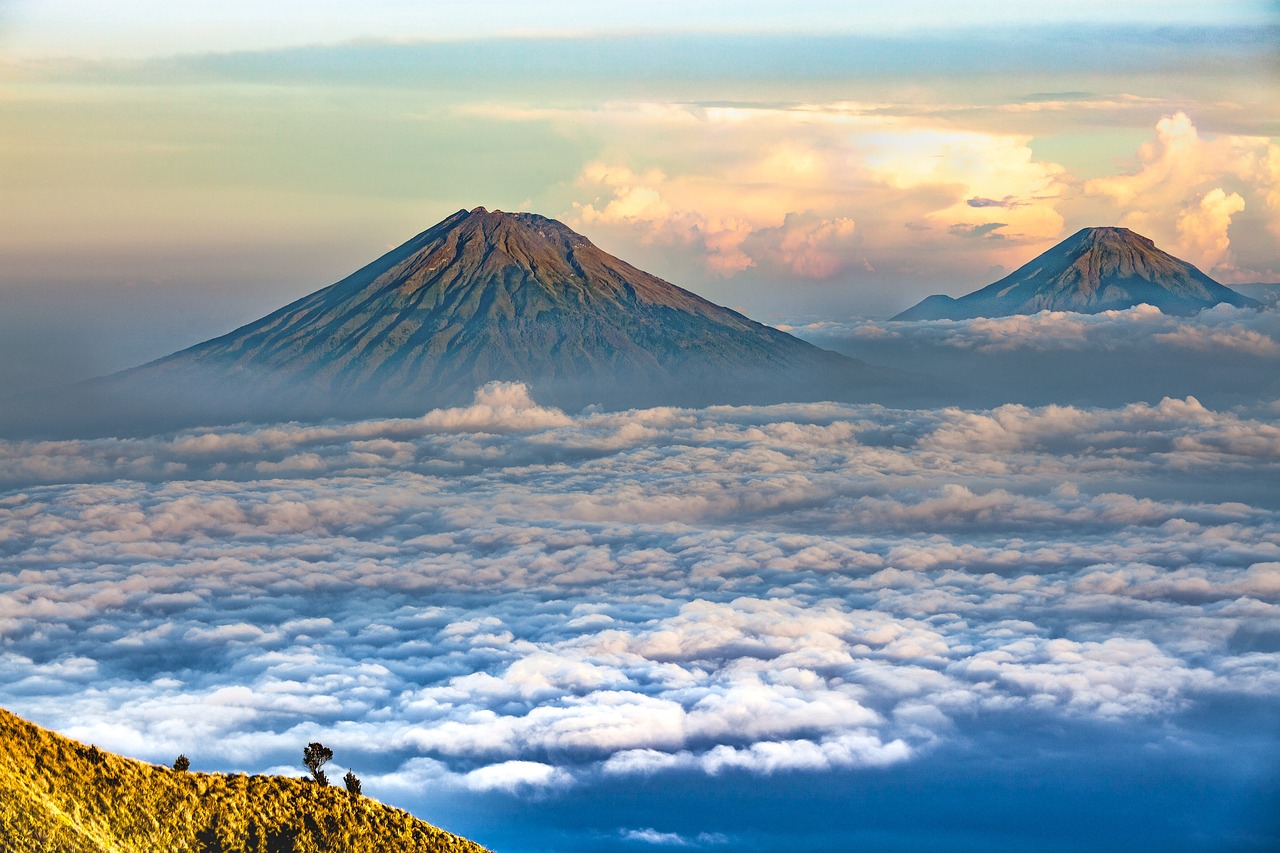
You’d be amazed to learn that humans have always found volcanic activity fascinating and have often chosen to live close to volcanoes, which commonly provide favourable environments for life. Volcanoes bring many benefits to society: eruptions fertilise soils; elevated topography provides good sites for infrastructure; water resources are commonly plentiful; volcano tourism can be lucrative; and volcanoes can acquire spiritual, aesthetic or religious significance.
Think of it like living next to a mysterious, powerful neighbor who occasionally throws extravagant parties that shake the entire neighborhood. The geothermal energy of a volcano can power technological systems for nearby communities. Soil near active volcanoes is often rich in mineral deposits and provides excellent farming opportunities. Lots of people visit volcanoes each year, so jobs often pop up nearby in hotels, restaurants, gift shops, and as tour guides. Many residents of the area around Kilauea may also think it’s worth the risk, given the beauty, community, and remoteness of Hawaii.
The economics alone can be compelling. An estimated 800 million people live within 100 km of an active volcano in 86 countries and additional overseas territories worldwide. This isn’t just a coincidence. Volcanic areas are rich in valuable minerals. Magma and volcanic gases bring metals like gold, silver, copper, and zinc close to the surface, especially through hydrothermal activity. Volcanoes bring valuable minerals like sulphur to the surface, supporting mining industries.
When Nature Provides the Ultimate Soil Enrichment
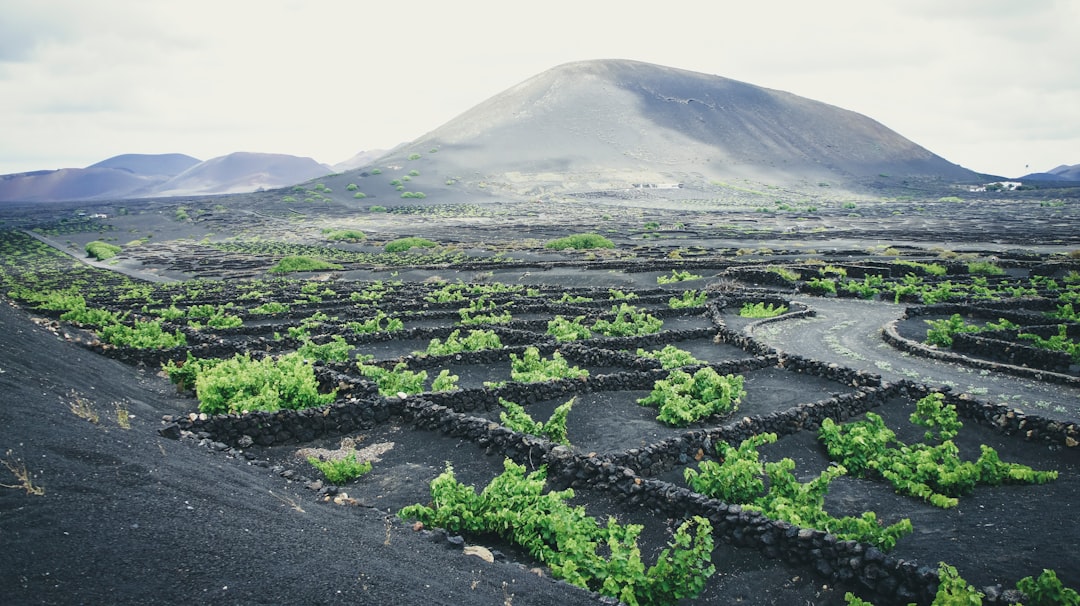
If you’ve ever wondered why some of the world’s most productive farmland sits in the shadow of deadly mountains, the answer lies beneath your feet. Volcanic environments can be good locations for farming. Volcanic deposits are enriched in elements such as magnesium and potassium. When volcanic rock and ash weathers, these elements are released, producing extremely fertile soils. Thin layers of ash can act as natural fertilisers, producing increased harvests in years following an eruption.
In response to frequent eruptions, some farmers have adapted their crops and farming styles to suit different types of ash. Volcanic deposits (particularly ash) are also quite porous, retaining moisture longer than many non-volcanic soils. Picture the richness of a garden that’s been lovingly composted for centuries, except nature has been doing the work for thousands of years.
Arequipa is the second largest city in Peru and approximately 17 kilometers from El Misti volcano. El Misti is 19,101 feet tall and its previous eruptions are actually the reason Arequipa is known as “The White City” – it was built from volcanic sillar left behind. The city literally built itself from the gifts its volcanic neighbor provided.
The Amazing Japanese Island Inside a Volcano

Those who live on the island that’s home to a volcano still registered as active by the Japanese Meteorological Agency, the governmental agency responsible for monitoring the nation’s 110 active volcanoes, know that there’s always the chance that history could repeat itself. But Aogashima’s inhabitants are willing to take that risk. This remarkable community demonstrates how people adapt to extraordinary circumstances.
Rather than dwell on the possibilities, the 40-year-old focuses on the benefits of living in this lush paradise, which formed from the remnants of four overlapping calderas centuries ago. Much of the village is located inside the outer crater wall. Imagine waking up every morning inside what was once the mouth of a volcano, now transformed into a peaceful community.
We’re also blessed with hot springs and geothermal energy because of the volcano. On Aogashima we can feel great nature that you cannot experience in big cities. The island’s approximately 170 residents have turned their unique geological situation into a lifestyle advantage rather than just a risk to manage.
Smart Building Techniques for Volcanic Neighborhoods
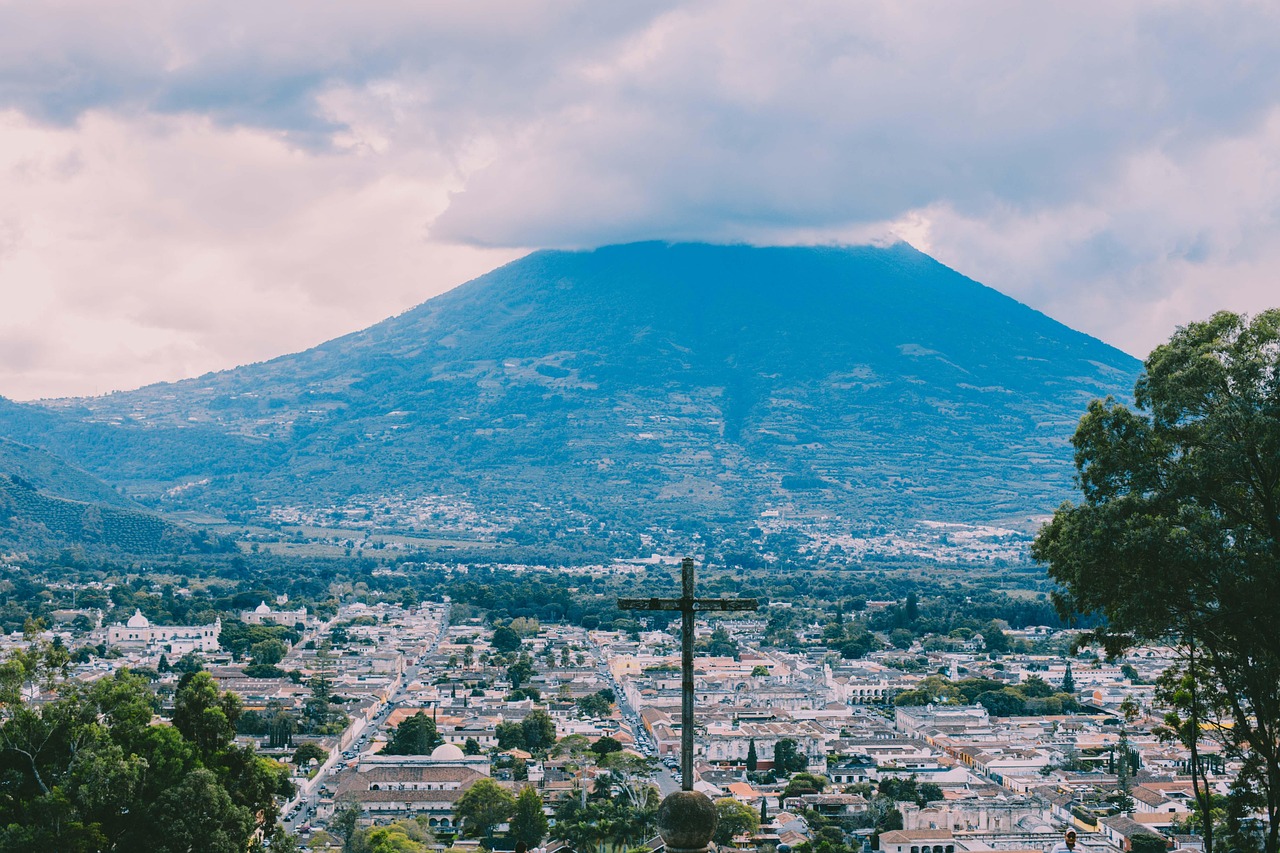
Living next to a volcano doesn’t mean abandoning modern engineering principles. Researchers of the Mount Pinatubo eruption found that timber framed buildings were much more likely to fail, and that reinforced concrete fared the best. Concrete is suitable against the wind and earthquakes associated with volcanic eruptions. Smart construction makes all the difference between survival and devastation.
Researchers of the Mount Pinatubo eruption found that roofs with long structural spans were five times more likely to fail. Keep the corners and turns as simple as possible on the structure. Ash will settle at chimney flues and roof interfaces, much like snow. Avoid complicated shapes and materials that not only capture ash but are susceptible to wind damage.
Using strong materials such as concrete can protect against damage from eruptions. Shutters can protect from blowing ash and debris, and keep out gases. These aren’t just theoretical concepts. Research has shown that steep roof slopes can help reduce ash accumulation and potential damage from volcanic eruptions. Additionally, flexible structures can absorb seismic activity, making them better suited for areas near volcanoes.
The Psychology of Risk vs. Reward in Volcanic Communities
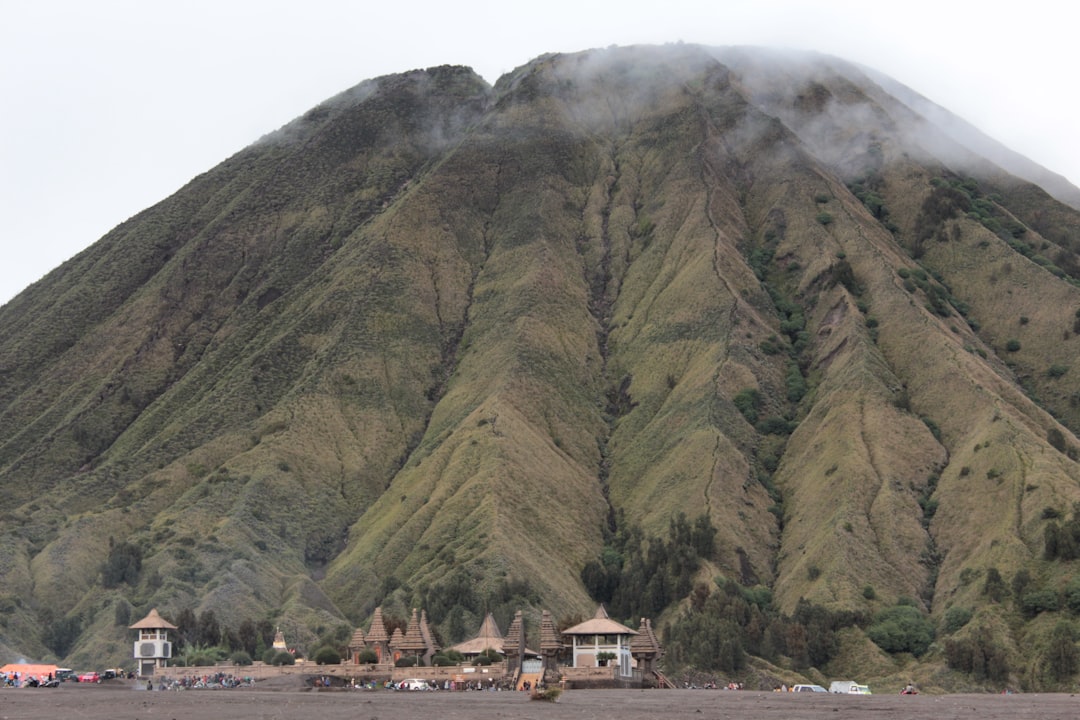
It may seem unwise to choose to live with such hazardous neighbours, but we live with risk every day, weighing the risks up against the benefits. On first thought, it may seem unwise to choose to live with such hazardous neighbours, but all of us live with risk every day: we weigh the risks up against the benefits. Here are some of the main reasons why people live alongside volcanoes.
Volcanic environments often evoke a strong sense of place. Whether is it driven by aesthetics, community, history, culture or religion, volcanic communities often have a very strong bond with ‘their’ volcano and assign strong symbolic meanings to their environment. More than that, volcanic environments are simply just home for many people. That’s where their family, friends and jobs are.
Some communities have lived near volcanoes for generations and are reluctant to leave. Despite the danger, the advantages such as farming, energy, and tourism make volcanic areas attractive to many. There’s something profoundly human about refusing to be intimidated by nature’s power, especially when that same power provides so many benefits.
Modern Monitoring Systems Keep Communities Safe
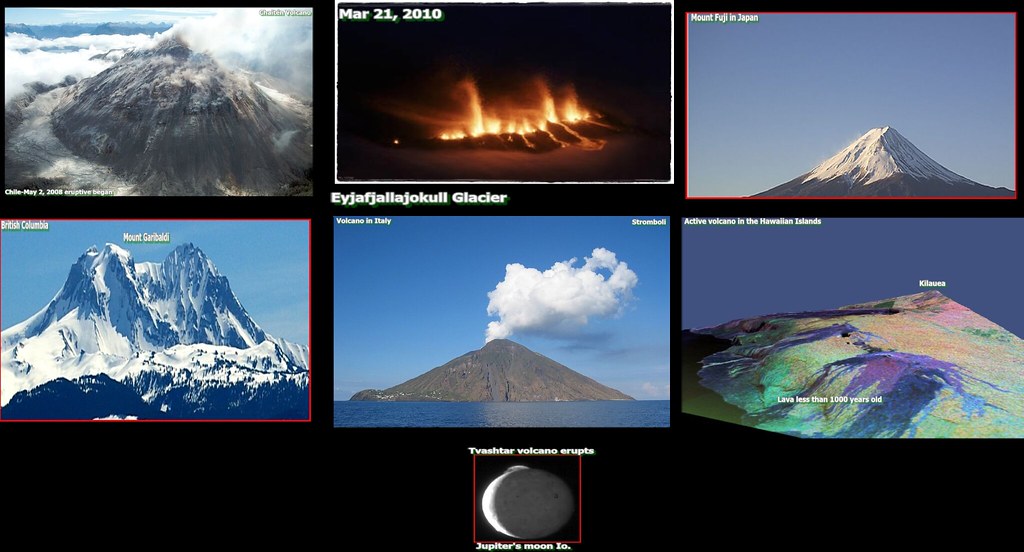
Fortunately, volcanoes exhibit precursory unrest that, when detected and analyzed in time, allows eruptions to be anticipated and communities at risk to be forewarned. The warning time preceding volcanic events typically allows sufficient time for affected communities to implement response plans and mitigation measures. Today’s volcanic communities aren’t flying blind.
Geologists and volcanologists use seismic data, gas emissions, ground deformation, and satellite imagery to monitor volcanic activity and issue early warnings to reduce the risk to human life and infrastructure. The government operates a national alert system, shares live updates with residents, and uses satellites, gas sensors, and seismic stations to check up on volcanoes like Katla and Hekla.
Volcanoes also tend to give notice that something is about to happen – Kilauea’s small earthquakes, increasing amounts of lava at the summit, and a change in the slope of the volcano all indicated in recent weeks that an eruption may happen soon. This isn’t necessarily the case in other parts of the world, where earthquakes, tornadoes, fires, and floods can spring up without warning. In many ways, volcanoes are more predictable neighbors than other natural disasters.
Learning from Disasters: How Communities Adapt

Subsequent events at Tungurahua, however, showed a marked change in the public acceptance of evacuation and in people’s cognitive-behavioral relations with the volcano. Detailed analysis of the relationship between evacuations, eruptive behavior and warning and monitoring demonstrates this evolution. Communities genuinely learn and evolve from their experiences with volcanic activity.
Improved monitoring and a network of community-based observers have helped develop this capacity, but it is important to emphasize that this knowledge is something over which people themselves feel they have ownership. It is theirs as much as it is the scientists and authorities. It empowers people to take responsibility for the decisions they make themselves about their lives and activities. They decide when and why they stay in the high risk zone and make decisions relating to what to do with their animals and crops, depending on the perceived activity level of the volcano.
In developing their knowledge, people learned that they could take action to mitigate the impacts of evacuation (and thereby reduce the pull factors for unsafe return) – including putting their animals in safe locations before leaving the area. This partnership between scientific monitoring and local knowledge creates remarkably resilient communities.
The Economic Engine of Volcanic Tourism and Energy

Volcanoes evoke wonder and attract millions of tourists around the world. This supports local economies and provides jobs. What makes volcanoes dangerous also makes them irresistibly attractive to visitors seeking unique experiences.
Volcanic regions are not only rich in fertile soil but also in geothermal energy. Communities living near volcanoes have learned to harness this renewable energy source, reducing their reliance on fossil fuels and contributing to a greener future. For instance, in Iceland, the town of Hverageri sits on an active geothermal area known as the “Hot Spring Capital.”
Geothermal energy comes from the heat stored beneath the Earth’s surface, particularly in areas near volcanoes. Hot water and steam can be found in these regions, thanks to volcanic activity. Power plants can harness this energy to create electricity or provide heating. Many communities benefit from this energy source. It provides a reliable supply of power that does not rely on fossil fuels. Less pollution is produced when generating geothermal energy compared to conventional methods. This cleaner energy contributes to sustainability efforts. Environmental impact is often lower, making it an appealing option for energy production.
Living on a volcano isn’t just about surviving the risk, it’s about thriving because of the unique opportunities these geological powerhouses provide. From incredibly fertile soils that feed entire regions to geothermal energy that powers communities, from tourism that drives local economies to the simple human desire to call an extraordinary place home, volcanic towns represent humanity’s remarkable ability to adapt and flourish in challenging environments.
These communities prove that with smart engineering, careful monitoring, and deep local knowledge, even the most volatile neighbors can become partners in creating vibrant, sustainable ways of life. What would you choose if faced with such a dramatic trade-off between risk and reward?

Hi, I’m Andrew, and I come from India. Experienced content specialist with a passion for writing. My forte includes health and wellness, Travel, Animals, and Nature. A nature nomad, I am obsessed with mountains and love high-altitude trekking. I have been on several Himalayan treks in India including the Everest Base Camp in Nepal, a profound experience.

